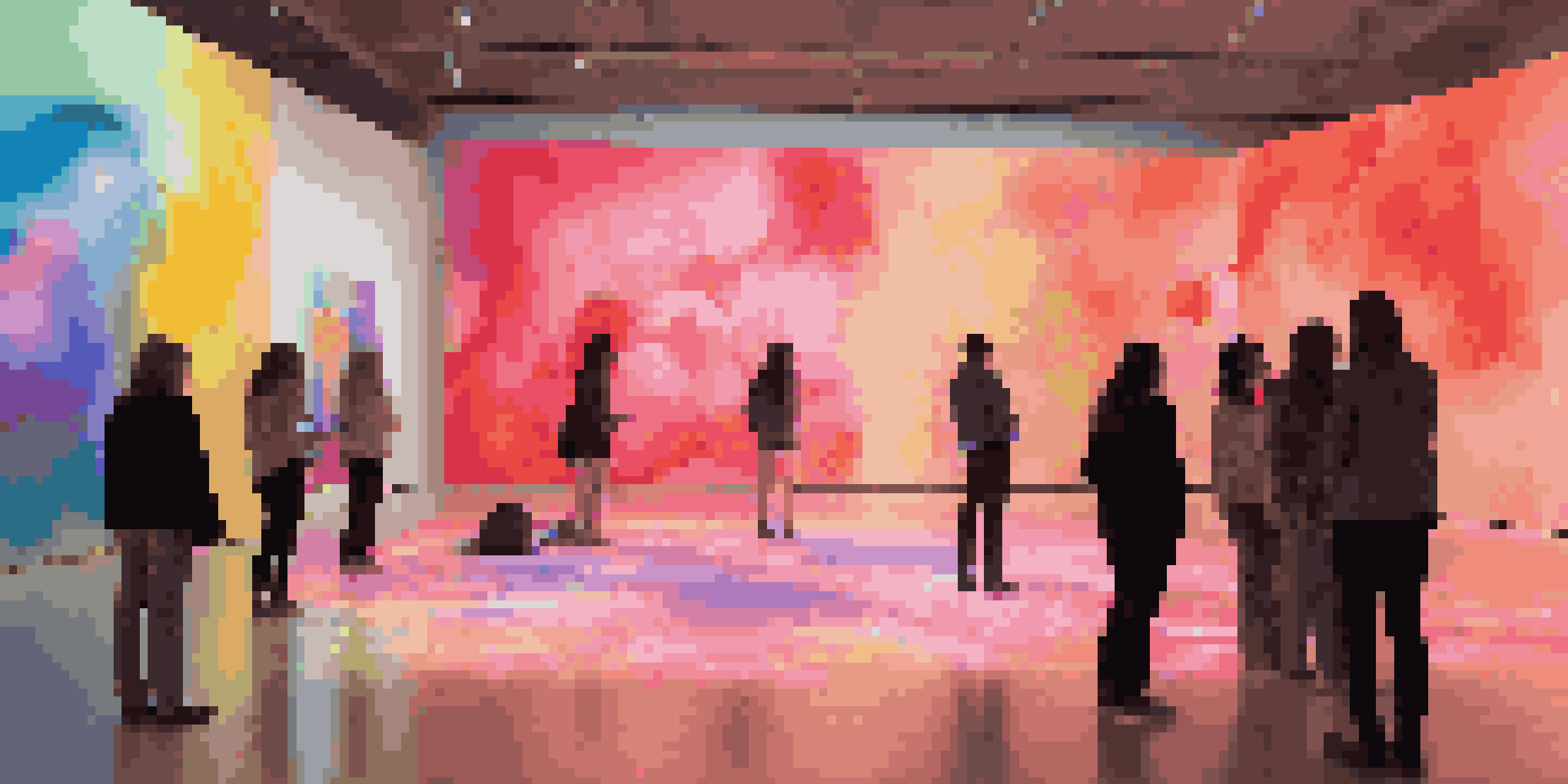The Multi-Sensory Journey of Experiential Art

What is Experiential Art and Its Significance?
Experiential art is a form of art that engages the audience in a multi-sensory manner, inviting them to interact and immerse themselves in the experience. Unlike traditional art forms, which often keep the viewer at a distance, experiential art breaks down barriers, encouraging active participation. This shift from observer to participant fosters a deeper connection with the artwork, making the art experience feel personal and transformative.
The Power of Senses in Art Experiences
Our senses play a crucial role in how we perceive and engage with art. Visuals can captivate us, but when you add sound, touch, or even scent, the experience becomes richer and more memorable. For instance, a gallery that incorporates ambient sounds related to the artwork can transport visitors to another time and place, creating a more immersive experience.
Experiential Art Engages Audiences
Experiential art invites active participation, creating a deeper emotional connection between the viewer and the artwork.
Creating an Immersive Environment
Immersive environments in experiential art are designed to envelop the audience completely, often using technology and innovative setups. Think of installations that use projections, lighting, and sound to create a 360-degree experience. These environments not only engage the senses but also evoke emotions, allowing the audience to feel a part of the narrative being presented.
Examples of Multi-Sensory Art Installations
One famous example is the Van Gogh Museum's immersive exhibit that uses digital technology to bring the artist's works to life. Visitors walk through rooms where paintings are projected on walls, accompanied by soundscapes that reflect Van Gogh's inspirations. Such installations illustrate how multi-sensory approaches can enhance our understanding and appreciation of art.
Technology Enhances Art Experiences
Innovative technologies like VR and AR are transforming how we interact with art, making it more immersive and accessible.
The Role of Technology in Experiential Art
Technology has revolutionized the way we experience art, allowing for new forms of expression and interaction. Virtual reality (VR) and augmented reality (AR) are at the forefront, enabling artists to create experiences that blend the physical and digital worlds. This not only expands the creative potential but also makes art more accessible to diverse audiences.
The Emotional Connection to Art
Experiential art often taps into our emotions, creating a memorable connection between the artwork and the viewer. By engaging multiple senses, these installations can evoke feelings of joy, nostalgia, or even sadness, making the experience deeply personal. This emotional resonance can lead to a greater appreciation of the artistic message and intent behind the work.
Future Trends Focus on Community
Emerging trends in experiential art emphasize interactive storytelling and sustainability, fostering community engagement and social change.
Future Trends in Experiential Art
As the art world continues to evolve, we can expect to see more innovative approaches to experiential art. Trends like interactive storytelling and sustainability in installations are gaining traction. Artists are increasingly interested in how their work can engage communities and promote social change, making experiential art a powerful tool for dialogue and awareness.
How to Experience Multi-Sensory Art Yourself
To dive into the world of experiential art, seek out local exhibitions that emphasize interactivity and sensory engagement. Participate actively—touch, listen, and even smell where appropriate. By fully immersing yourself in these experiences, not only do you support the artists, but you also enrich your own understanding and appreciation of art.